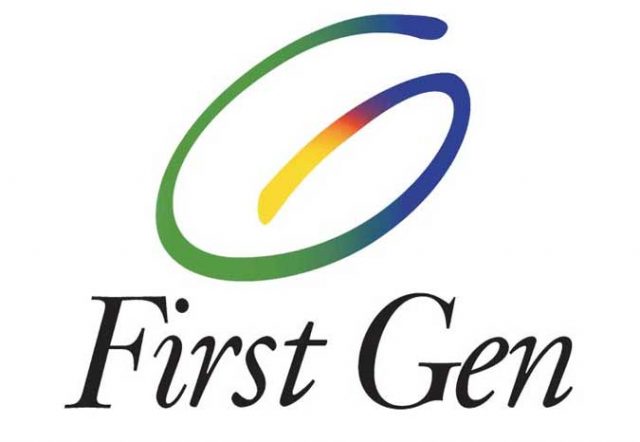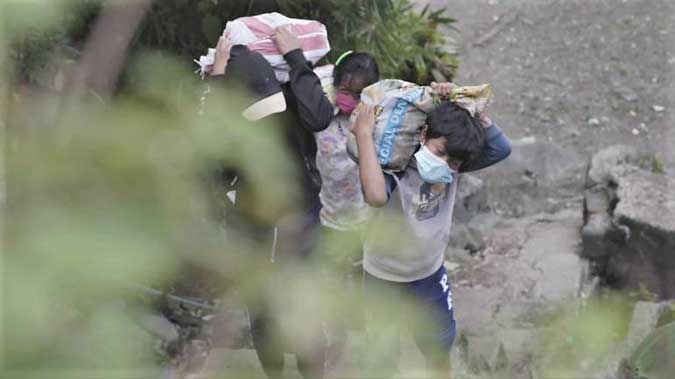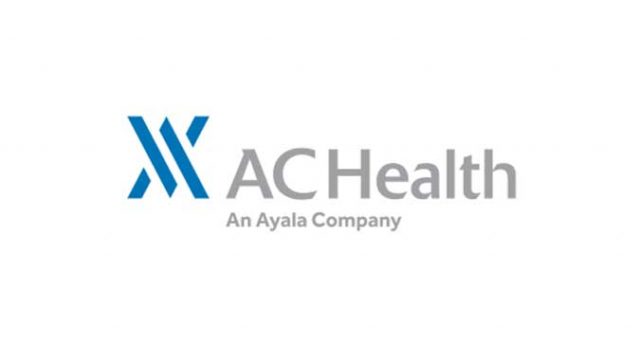Banks maintain strict lending standards in Q2
BANKS continued to impose tighter credit standards in the second quarter and could keep these for businesses while ease those for consumers in the coming months, a Bangko Sentral ng Pilipinas (BSP) survey showed.
The BSP’s latest Senior Bank Loan Officers’ Survey published on Thursday showed most respondent banks maintained their lending standards for both enterprises and households in the April to June period, based on the modal approach.
Based on the diffusion index (DI) approach of the study, however, there was net tightening of credit standards for both enterprises and consumers.
A total of 53 banks responded to the survey out of the 64 lenders tapped to participate, representing a response rate of 82.8%. Inputs were gathered from June 2 to July 8.
“The net tightening of overall credit standards was evident in terms of reduced credit line sizes; stricter collateral requirements and loan covenants; and increased use of interest rate floors,” the central bank said.
Meanwhile, there were some indications of easing in terms of narrower loan margins and longer loan maturities.
Since the onset of the pandemic, the quarterly survey reflected banks’ aversion to granting credit.
Bank lending declined for the sixth straight month in June by 4.5%, although easing from the 5% contraction seen in May.
Based on the modal approach, loan demand from both businesses and consumers remained unchanged in the second quarter. However, the DI approach showed overall demand for business loans recorded a net increase, while retail loans registered a net decline.
The slight uptick in loan demand from businesses was attributed by respondent banks to an improvement in customers’ economic outlook and clients’ increased accounts receivable and inventory financing needs.
On the other hand, the net decrease in credit demand from households was attributed to reduced appetite to spend for big ticket items during the crisis and banks’ less attractive financing terms.
OUTLOOK
For this quarter, majority of the respondent banks expect to retain their overall credit standards for both enterprises and households, based on the modal approach.
However, the DI approach showed lenders expect to maintain their tight standards for firms while easing those for households.
“Diffusion index-based results [for businesses] indicated expectations of net tighter standards amid a deterioration of borrowers’ profiles and in the profitability of banks’ portfolio, less favorable economic outlook, and banks’ decreased tolerance for risk,” the BSP said.
Lenders appear to be more bullish on households as they expect a net easing in underwriting standards for loans to the sector, citing an anticipated improvement in borrowers’ profiles and positive economic prospects.
Business and consumer loan demand are expected to increase in the July to September period, based on the DI approach.
Respondent banks expect to see increased demand for credit from businesses due to higher inventory financing requirements along with their improved economic outlook. Higher demand from consumers is also anticipated amid an expected increase in consumption and need for financing due to lower income prospects. — L.W.T. Noble




























